 |
||||
|
Greek Goddess Painting CompilationAdvances in technology and culture have blurred the line between modern and ancient, but the names of Greek goddesses like Aphrodite and Athena live on in everything from movies to fashion to literature. Greek goddesses are a vital part of classical mythology and thus, have an inescapable presence in everyday life and culture. In fact, they still influence us today, which can be seen through the endless selection of Greek goddess paintings available online and in museums worldwide. The timelessness of the Greek gods was captured perfectly by famous artists of all time. Let's take a look at the most divine, potent, and powerful paintings of the Greek goddess ever immortalized by famous artists.
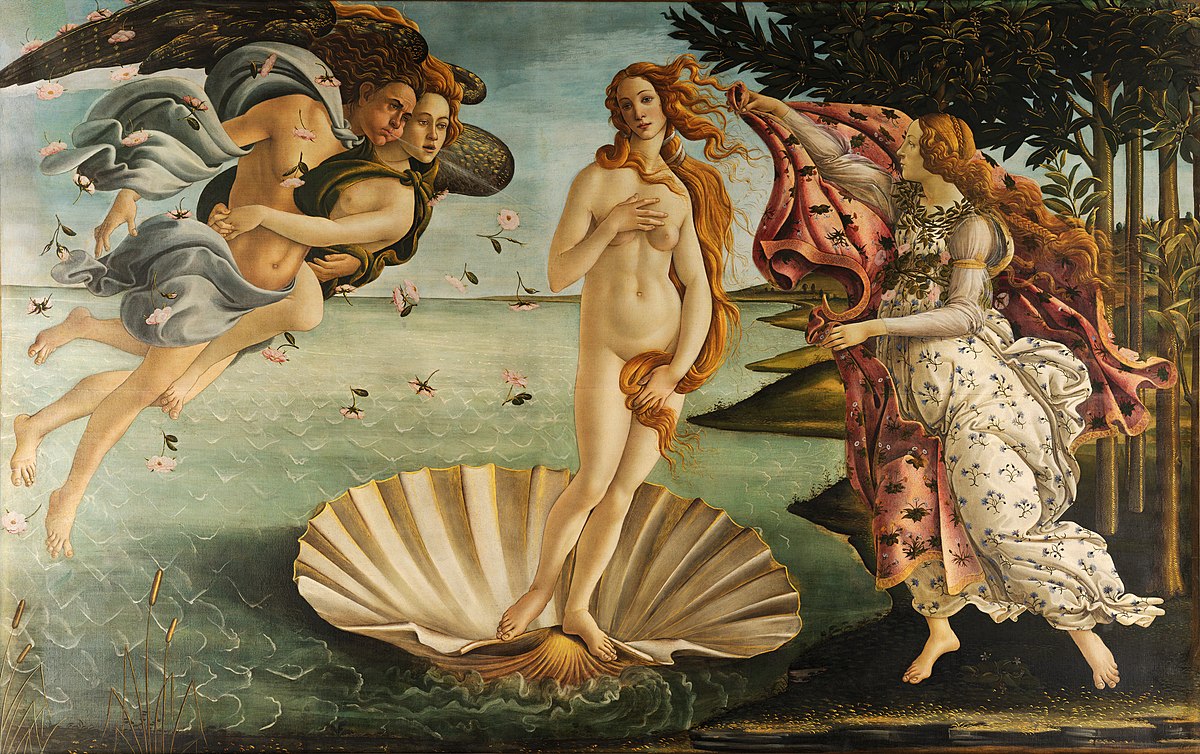
The Birth of Venus, Sandro BotticelliThe Birth of Venus is a painting by Italian Renaissance artist Sandro Botticelli, circa 1486. It depicts a young woman reclining on an ornate scallop shell as she emerges from her conch-shell birthplace. The picture has been in Florence since it was painted and forms part of Botticelli's Primavera group of works. This work has been described as one of Botticelli's most popular paintings- portraying the goddess of love and beauty disembarking onshore, born of sea spray and lifted there by the winds, Zephyr, and possibly Aura. A young woman dressed in springtime finery-sometimes identified as one of the Graces or a goddess of spring-embraces the figure of Venus. The wind carries roses mingled with other spring blossoms into the painting, symbolizing love, beauty, and passion.
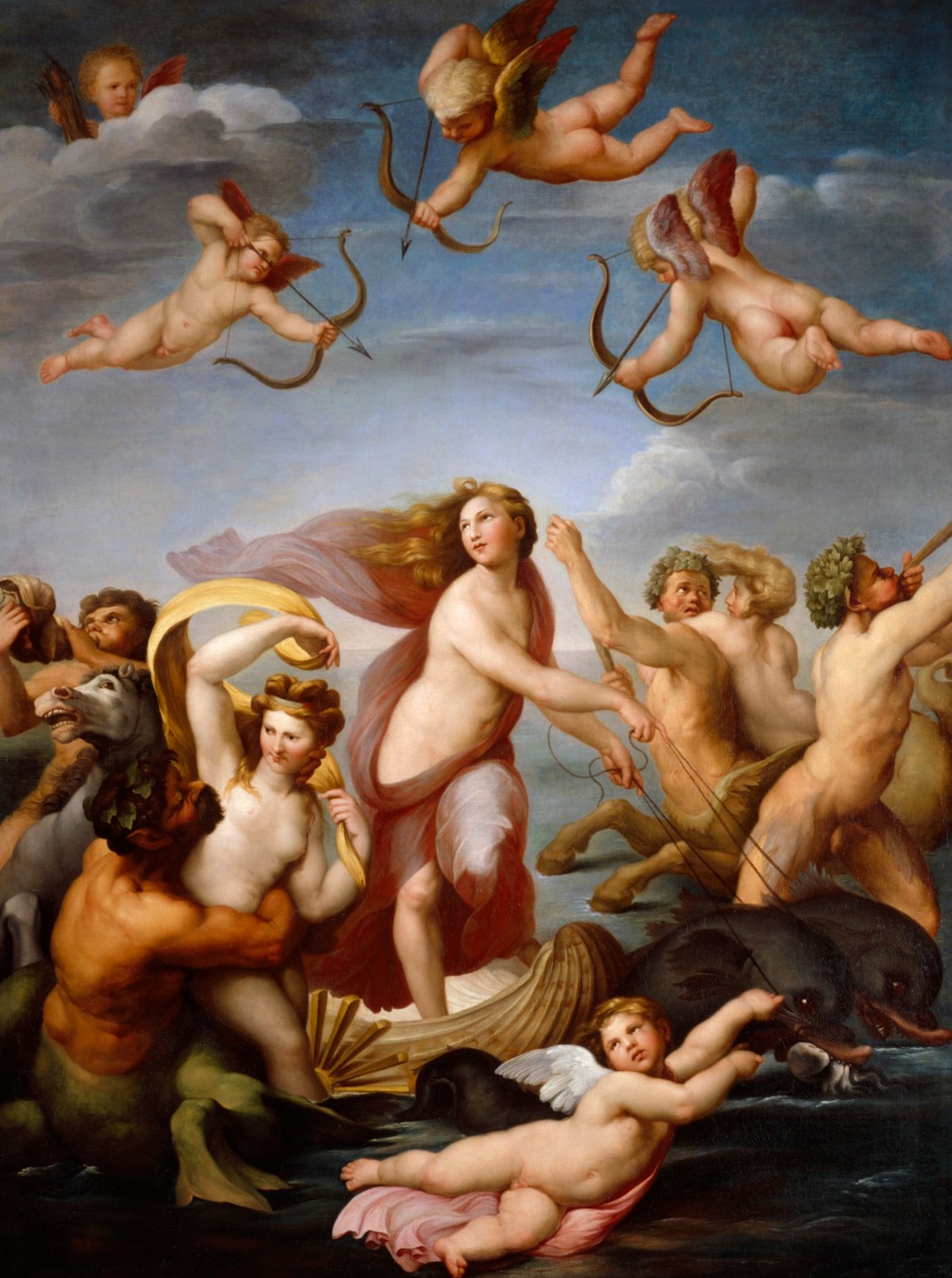
The Triumph of Galatea, RaphaelRaphael's painting, The Triumph of Galatea, is a Renaissance-era depiction of one mythological scene with multiple narratives. The painting is based on the myth of Galatea, famously known for her beauty and grace, which Theocritus had written about in his poem Metamorphoses. It's a flawless representation of the incident when Galatea, a woman transformed from a water nymph by Neptune, is in love with the youth Acis. Because of this, Polyphemus-a jealous cyclops-kills him by stoning him with a boulder. When the blood flowed under the rock, it turned into a clear stream that flowed into the sea, where Galatea dwelled. The river Acis still flows near Mount Etna to this day. The story goes that upon his death she placed him in heaven as one of Cupid's cupbearers; from there he would pour out water for all lovers to drink.
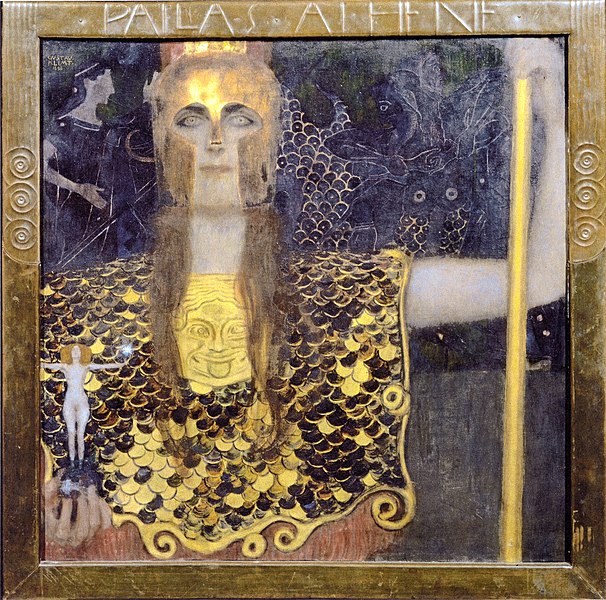
Pallas Athena, Gustav KlimtPallas Athena is one of three virgin goddesses in Greek mythology, along with Artemis and Hestia. Pallas Athena was a Greek goddess of wisdom, courage, inspiration, civilization, law, and justice. She was considered to be an ideal role model for ancient Greek women. As an Olympian deity, she often became protector or patron of cities and nations in both ancient and modern culture. Gustav Klimt's many images of Athena show his admiration for the Classical world. Klimt seems to have been more interested in Athena's divinity than her sexuality, which is not surprising given that in ancient Greek art she often appears beguilingly ambiguous. Perhaps this Greek goddess painting suggests that lust is a catalyst to the desire for power, as ancient writings note that power is the strongest human sexual stimulant.
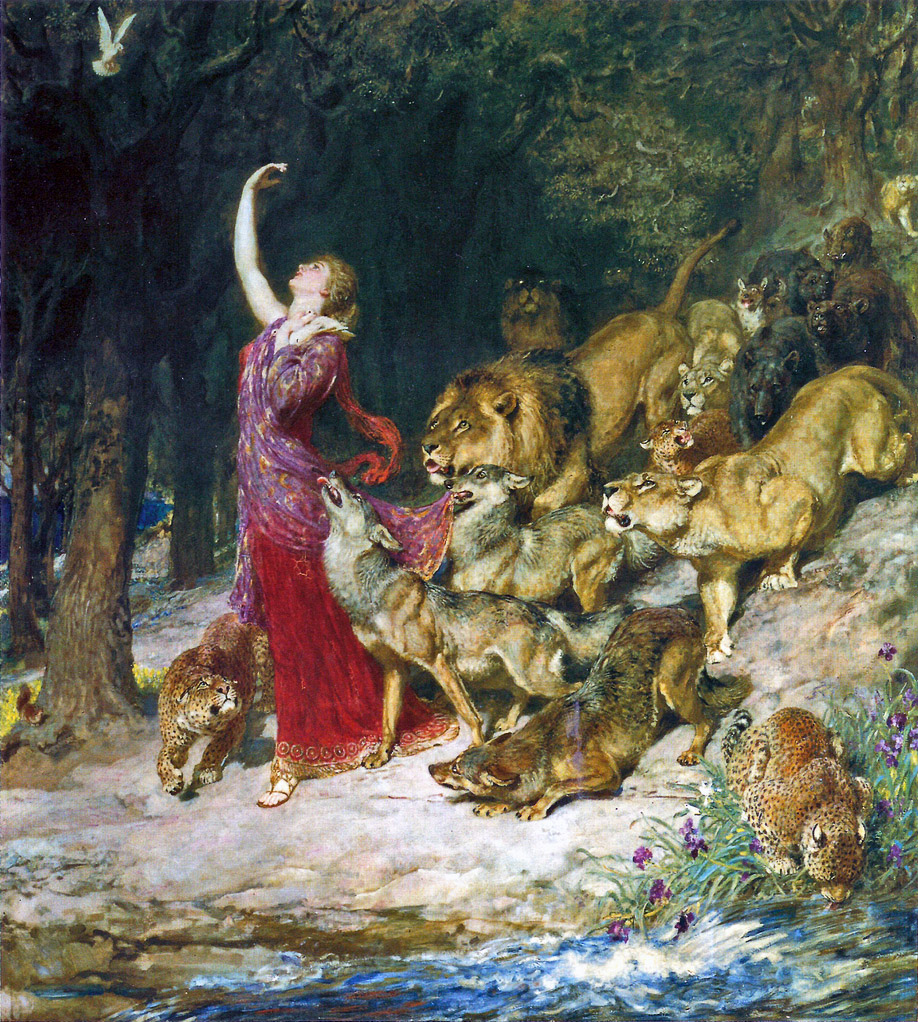
Aphrodite, Briton RiviereThe goddess of love Aphrodite has been celebrated in art throughout history. In classical Greek mythology, she's known as one of the most beautiful creatures to exist. She is usually portrayed as either nude or semi-nude and always holds her signature rose. In contrast to most painters, Briton Riviere didn't focus on the subject's sexual potential but chose a scene from a Homeric hymn (8th-6th centuries BC). This beautiful depiction of Aphrodite is a captivating example of Riviere's work, depicting the goddess of love and beauty surrounded by enchanted wild animals and birds such as an owl, deer, nightingales, and a fox. His incredible attention to detail is proof that he put much effort into achieving perfection. The use of vibrant colors combined with well-thought-out shapes truly illustrates Riviere's masterful control over his medium.
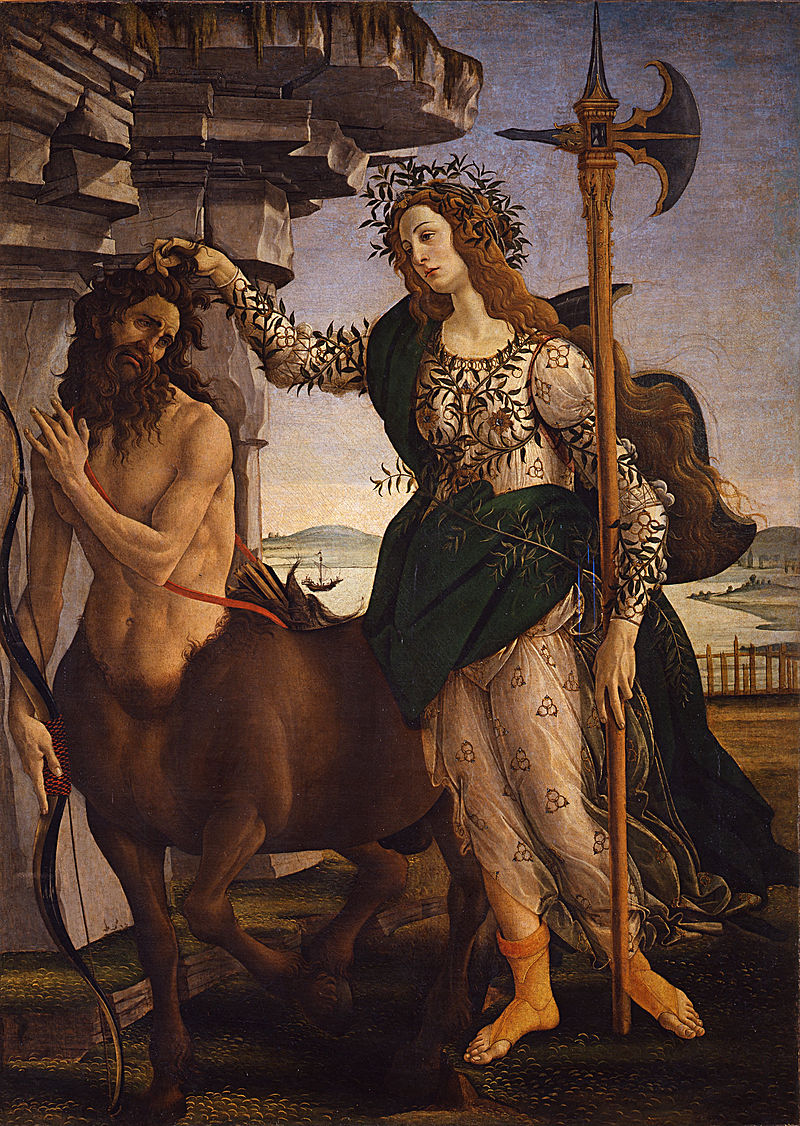
Pallas and the Centaur, Sandro BotticelliPallas and the Centaur is a painting by Sandro Botticelli, an Italian Renaissance painter. The painting shows Athena, the Greek goddess of wisdom and peace, grabbing a centaur by the hair. She is holding the centaur's hair in her left hand, and she does not seem frightened by her mount. Athena is identified specifically as Pallas, her epithet. The olive branches covering her clothing support the impression that she is a peace-bringer. You can see it in her eyes: she looks triumphant in battle. The story goes as such: Pallas Athene, daughter of Zeus disguised herself as a warrior maiden during war times, who faced off against a drunken centaur named Nessus who tried to kidnap her. The battle ended with Nessus dying after being shot by an arrow poisoned with Hydra blood. 'Pallas and Centaur' is one of his best-known works that have been displayed at many art museums around the world including Musee du Louvre and Uffizi Gallery in Florence, Italy.
The Bottom LineGreek goddess paintings are some of the most famous paintings of all time, featuring many of the most beautiful deities in Western art history. Browse through the 1st Art Gallery to find the perfect painting to hang in your home or office.
|
|
|||
|
|
||||
|
|
||||